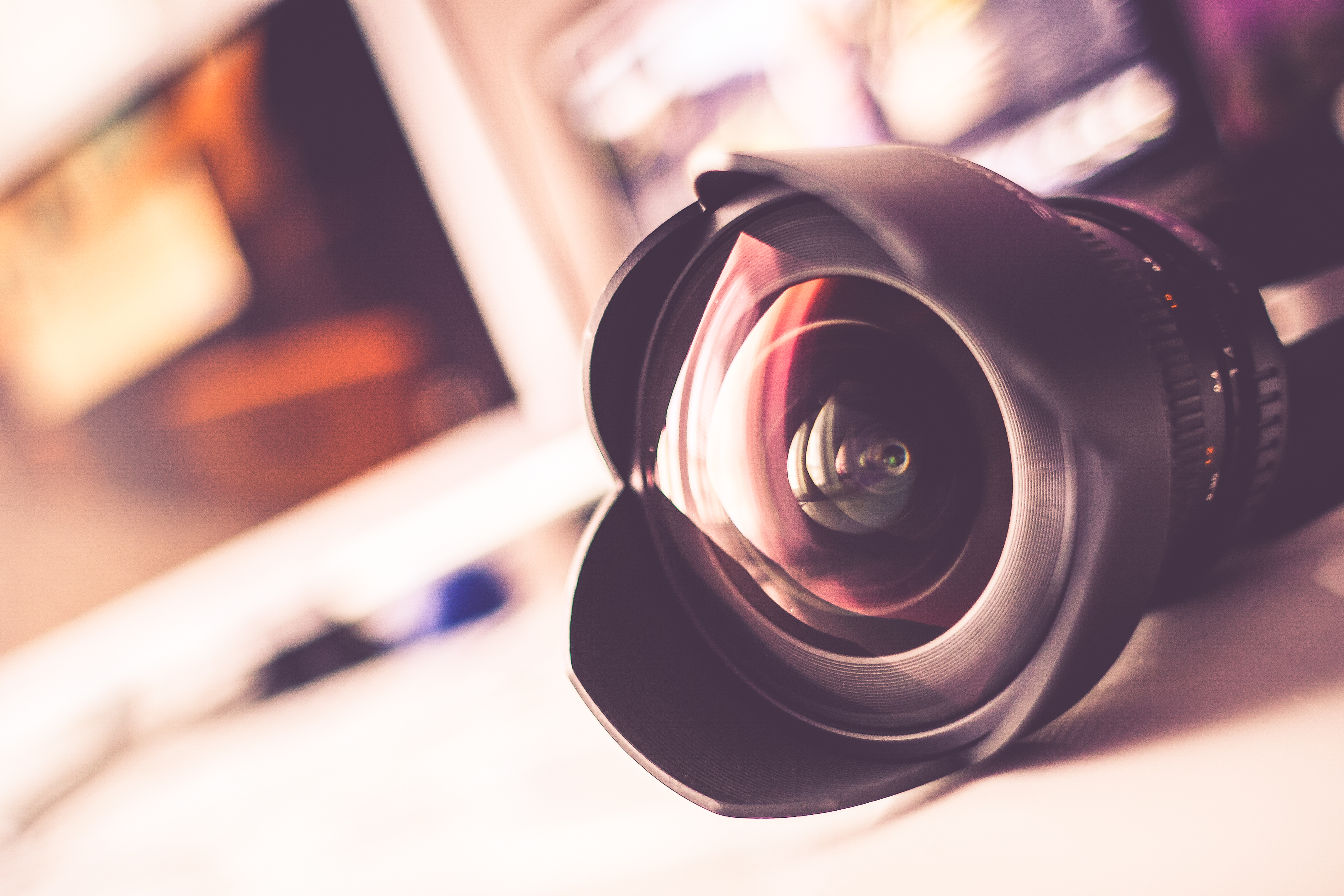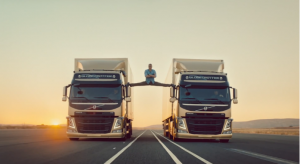There comes a time when a small business decides to forge its own video marketing destiny. Maybe the organization has been burned by lackluster outsourcing and exorbitant budgets. Maybe the leadership believes in the do-it-yourself gumption of the in-house team. Maybe the leadership is you and this is your vision. Here’s a gameplan for reducing headaches, removing confusion, and achieving success when filming your own small business video.
Determine a strategy
First things first: a rock-solid strategy. Making a video just to make a video can be rewarding but is usually a fruitless exercise. You goal involves turning passive audiences into motivated doers. Creating a master strategy (as well as strategies for each video) is necessary for video marketing success.
Don’t know where to start? Get together with your team and brainstorm:
- What are the goals of this video?
- Who benefits from watching it?
- Where are they in the conversion funnel?
- What do you want them to do?
- What constitutes success?
By answering these questions, you have the opportunity to build a devoted following, retain and attract customers, and strengthen your identity through the consistent publication of valuable video content.

Plan & practice
Time is money and the more time you need to complete a shoot results in less time available for other vital tasks.
Find who’s speaking on camera and have them warm up in a break room or on set BEFORE you start filming. Listen to their practice takes and guide them through their stumbles. Offer constructive feedback on his/her movement and speech patterns. Your job is to empower these people to understand and accept their significance in your project.
Think of these warmups as an acclimation or onboarding exercise for the mind, voice, and body. What are the benefits?
- Better vocal projection, tone, and clarity
- Fluid, non-robotic camera presence
- Natural cadence and delivery
Direct & communicate
The best advice I can give you: notify in person first and follow up with written reminders. Emails might be skimmed or unchecked. Notes might not be delivered in time. Here, you need to initiate person-to-person communication with stakeholders. Meet with building managers to see if they can reserve prime spots. Talk with your participants about expectations and courses of action.
Forecast the critical path of your shoot. There’s plenty of room for improvisation and genuine serendipity. However, it’s not recommended to rely on good fortune from start to finish. Have a clear sense of where you’re going, what you’re supposed to do, and how to get it done.
Create a control center
Video production inside an office is often a messy and hectic undertaking. Cast & crew meander. Items like furniture or other materials are moved or re-arranged. How can you get things running smoothly?
Create a control center!
Ideally, you will have found a space that is near your shooting location that can serve as the head and heart of your operation. Maybe it’s the next room over or a clearing down the hallway. Store all of your supplies (props, unused or extra equipment) in this area. Keep a thorough inventory of what items are present and what is being utilized. Reviewing these inventories reveals what items can be kept, replaced, or discarded for future videos as you gain confidence and streamline your process.
Why set up a control center?
- You have a designated place for people to practice and rehearse.
- You can hold meetings for status updates and solicit team-wide feedback
- You can set up a makeshift editing suite for immediate uploads and footage review.
- You can minimize inconveniences and intrusions to people not working on the video
De-clutter
You might be running many wires and extension cords to accommodate your lights, audio equipment, and a host of other production electronics. Secure loose cords! Avoid accidental falls and potential damage by taping cords to the floor. If possible, tape your wires right at the baseboard so that the cords hug the wall tightly.
Another must have: clear pathways. Things are moved and re-arranged often on the go. Establish open walkways for personnel and property to move. Congestion kills your flow. Think of your other departments who may need to maneuver common spaces to fulfill their responsibilities while you’re filming.

Turn off extraneous electronics
An errant call in the middle of a take is infuriating. I know because I’m guilty of having it happen to me. A jarring chime like that definitely throws off the rhythm and momentum of your work. With that said, turn off non-essential items!
Listen for any noises that might interfere with people’s voices. Clearly notify other departments to avoid using the printer/copier or any other nearby monstrosities during filming. When recording, aim for silence from everybody but the speaker. Lead with nonverbal cues and gestures when necessary. Consider mapping out cue cards or giant charts as visual aides.
Charge your battery
Extremely simple but sometimes forgotten: charge your battery! In fact, have several backup batteries ready. Your pre-production work will give you an estimate of scope and duration. Factor in slip-ups and re-dos with a largely non-professional cast of Craig from Accounting as your boom mic operator and Sheila from HR running lights. Backup batteries are life savers.
Checklist:
-
Follow a fundamental strategy
-
Initiate person-to-person communication first. Written confirmations next.
-
Invest time and energy into pre-production
-
Secure your area
-
Centralize your operations
-
Warm-up and rehearse
-
Shut off non-essential electronics
-
Charge your batteries
It gets easier. You will build confidence and expertise with each video you shoot. Ask your team members on what to improve. Research new techniques and experiment. Always be ready to listen.



Pingback: A Quick Guide to Directing Your Co-Workers
Pingback: 3 Reasons Why Storyboarding Improves Your Business Videos